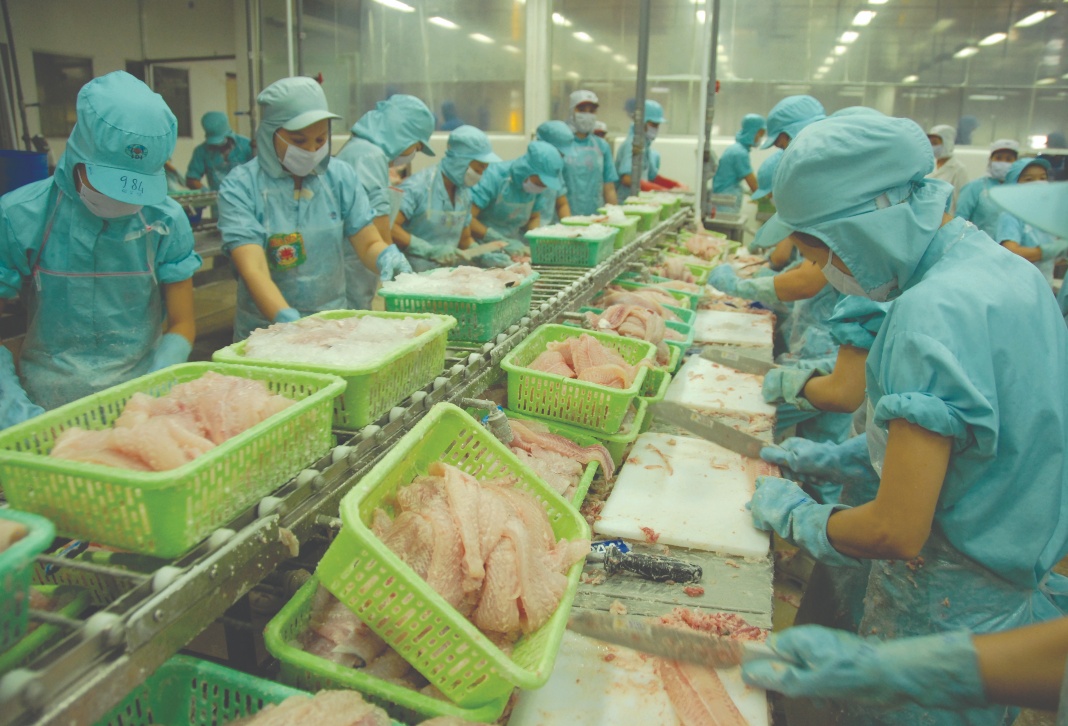Vietnam’s gross domestic product (GDP) in January-March expanded by 3.32% over the same period of last year, slightly higher than 3.21% in the first quarter of 2020.
The agro-forestry-fisheries and services sectors grew by 2.52% and 6.79%, contributing 8.85% and 95.91% to the economy’s gross value added (GVA), respectively. This indicates GDP growth in the period depended heavily on the agro-forestry-fisheries and services sectors, accounting for 11.66% and 43.65% of the expansion.
Meanwhile, the industrial construction sector inched down 0.4% due to the manufacturing industry falling by 0.1% and electricity, water production and distribution ebbing by 0.01%, leading to a drop of 4.76% in GVA.
Though the industrial construction sector has a low ripple effect on the country’s GVA compared to the agro-forestry-fisheries and service sectors, as most players in this field are outsourcing companies, the poor-performing sector slowed GDP expansion in the year’s first quarter as it accounted for 35.47% of GDP.
The rapid growth of the services sector was induced by a year-on-year surge in the value added of industries such as accommodation and catering (25.98%), wholesale and retail (8.09%), financial, banking and insurance services (7.65%) and transportation and warehousing services (6.85%). However, the sharp increases were due to a low base in the first quarter of 2022, which edged up a mere 4.52% over the same period of the previous year.
Final consumption expenditure in the quarter rose 3.06%, decreasing by 1.8 percentage points over the same period in 2022 and lower than the years when the economy was struck by the Covid-19 pandemic. Despite the modest final consumption expenditure growth, a sharp increase in services export value led to the rise in the value-added of accommodation, catering and other commercial services.
Accumulated fixed assets remained unchanged in the period, while accumulated current assets dipped by 2.94%, reflecting contraction among local businesses as they sold input materials to recover capital, accommodate a stop-go production policy, or declare bankruptcy. In addition, import-export value in the first quarter plunged 12.35% and 11.23% year-on-year, respectively.
Vietnam’s GDP deflector and consumer price index (CPI) were 3.4% and 4.2% lower than in the same period last year. If economic growth does not recover, the country may slide into an economic downturn, as the GDP deflector and CPI may drop further.

The quarter saw around 60,200 enterprises exit the market, up 17.4% over the same period last year. A survey on processing and manufacturing companies’ business orientations in the first quarter showed that only 24.3% of the participants believed business conditions improved in the quarter.
The above figures reflect the gloomy economic prospects and hardships faced by enterprises and households. To bring the people and businesses out of the woods and accelerate economic recovery, interest rates should be cut further, and the Government should speed up disbursement of capital for public investment projects and slash taxes.









